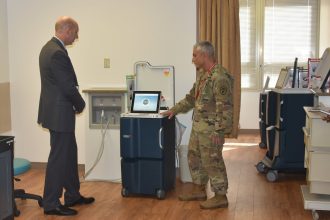As World War II ended, the U.S. Air Force (U.S.A.F.) was looking for a replacement for the Northrop P-61 “Black Widow” and North American F-82 Twin Mustang to counter the Soviet bomber threat, which at the time was the “new” Tupolev Tu-4 bomber. That bomber was actually a reverse-engineered B-29 Superfortress, of which several had made emergency landings in the Soviet Union during the war and were impounded.
To address this need, the Lockheed F-94 Starfire was developed. It was an all-weather day/night interceptor, the first jet-powered fighter equipped with an afterburner, and the first jet-powered all-weather fighter to enter combat in the Korean War.
Development
The Starfire was developed from the T-33 “Shooting Star,” aka the “T-Bird,” which was derived from the Lockheed P-80, and had a 75 percent commonality with parts from those two aircraft. Since the U.S.A.F. wanted the new aircraft as soon as possible, upgrading the T-bird made sense as it was an established aircraft.

The Curtiss-Wright XF-87 was intended to be the replacement, but its performance was lacking, and Lockheed was approached to build the new night fighter on a crash program basis.
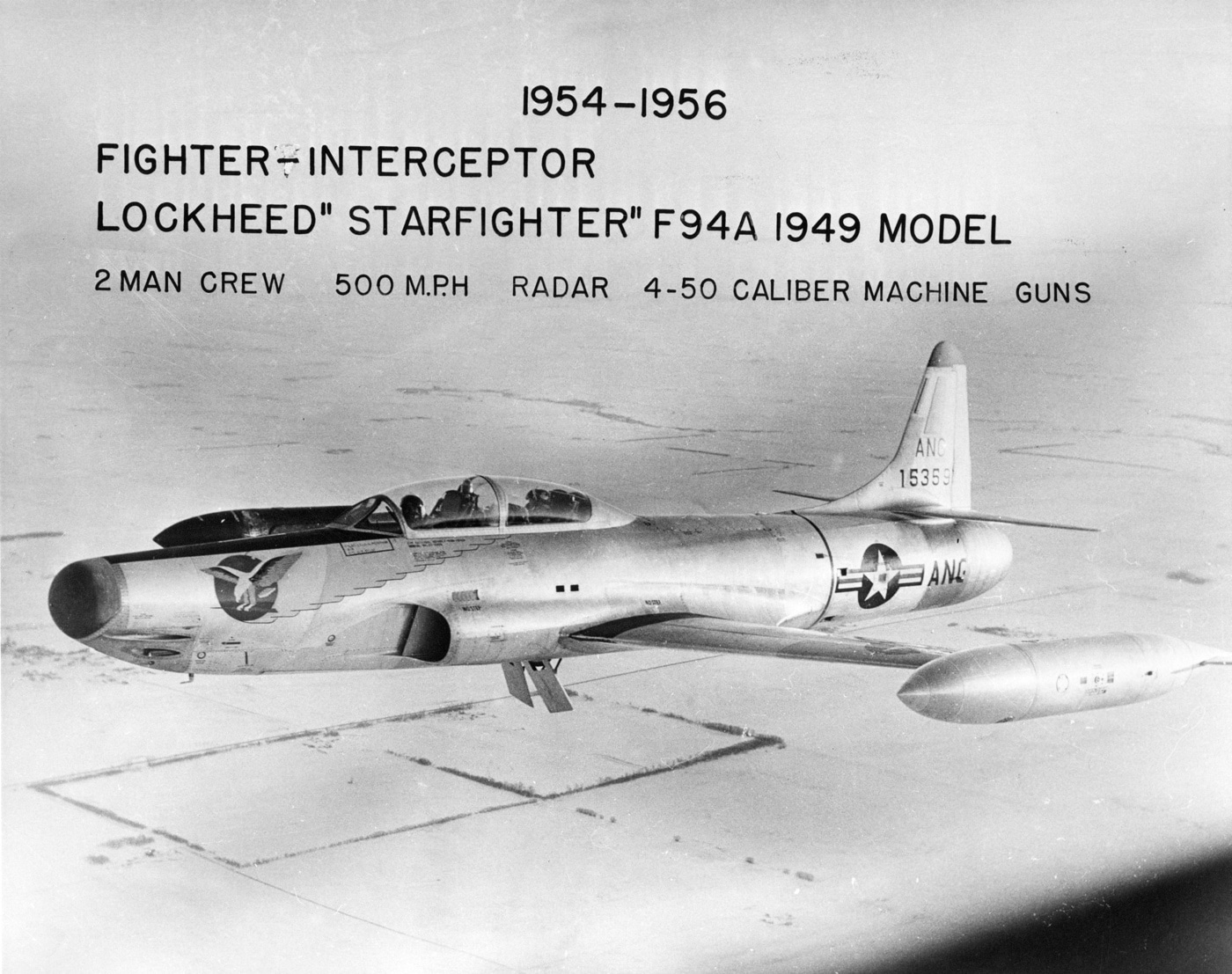
The A model of the Starfire was equipped with four .50-caliber machine guns in the fuselage, with their muzzles exiting just behind the radome. Due to the added weight of the electronics, the A model needed more thrust, and the standard T-bird J33A-35 turbojet engine was replaced with the J33A-33 with afterburner engine.
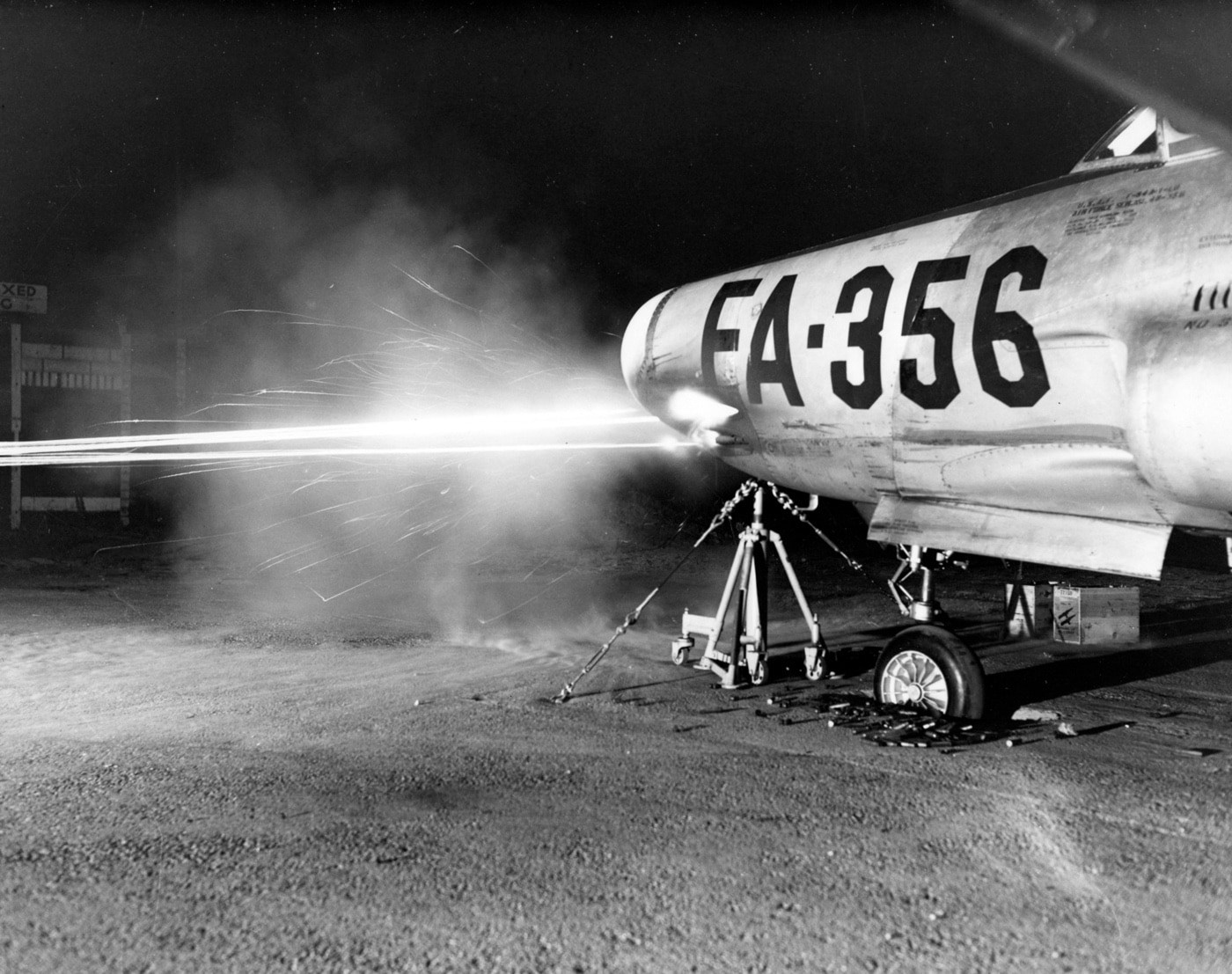
The first flight took place on April 16, 1949, and it had some minor issues as all new programs do, but it demonstrated good performance. The F-94A model was pushed into delivery with the promise of an upgraded model soon to follow. The A models were quickly put into service and, in May 1950, operational service with Air Defense Command began, replacing the F-82 Twin Mustang in the all-weather interceptor role.
The F-94B
The B model entered service in January 1951 and was physically identical to the A model. The majority of the modifications were to its engine. The J33 proved to be unreliable, and aircrews deemed it unsafe.
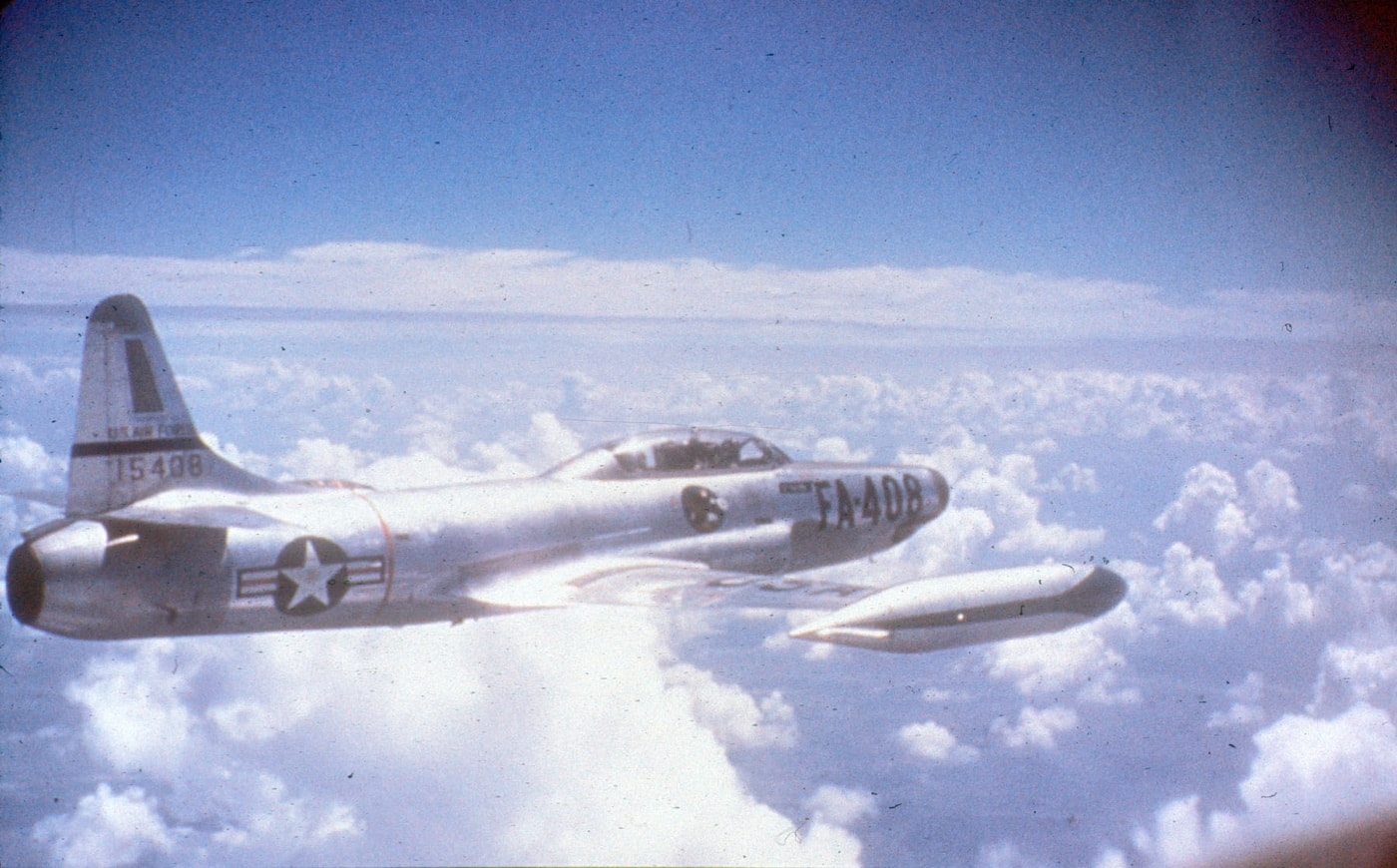
The aircrews complained of the tight fit in the cockpit, which was too narrow for the quick entry needed for alert crews, and the ejection seat clearance was too small, which caused fatalities during the ejection sequence. The canopy was also redesigned with a bow frame in the center, and a new ILS landing system was installed.
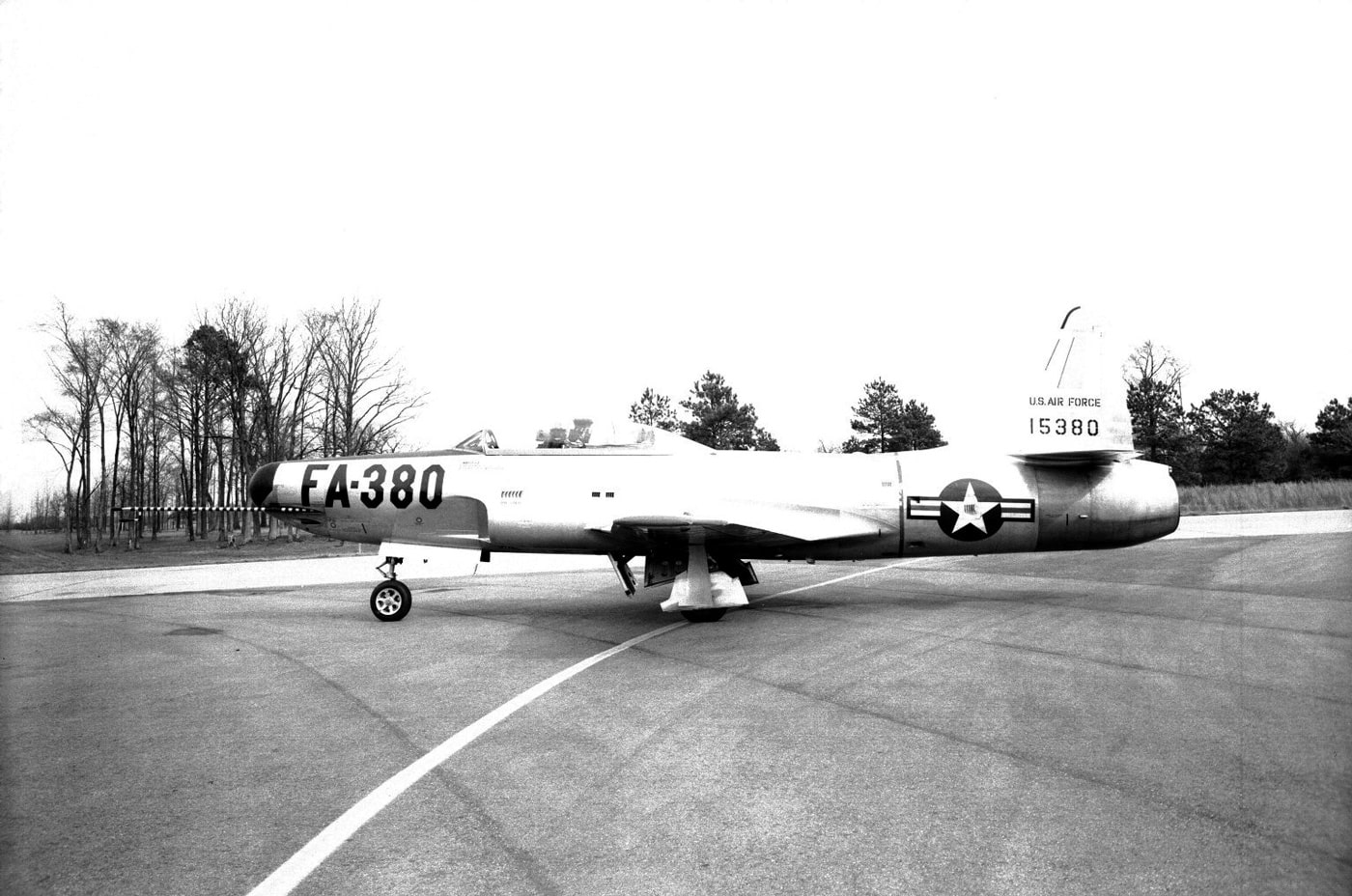
The older A models were returned to Lockheed, modified to the B configuration, and then deployed to Air National Guard Air Defense Units.
The C Model
In July 1951, the first production C models began delivery. Changes to the F-94C were extensive, and initially the C model was designated as the F-97 before deciding it would be treated as an upgrade of the F-94B.
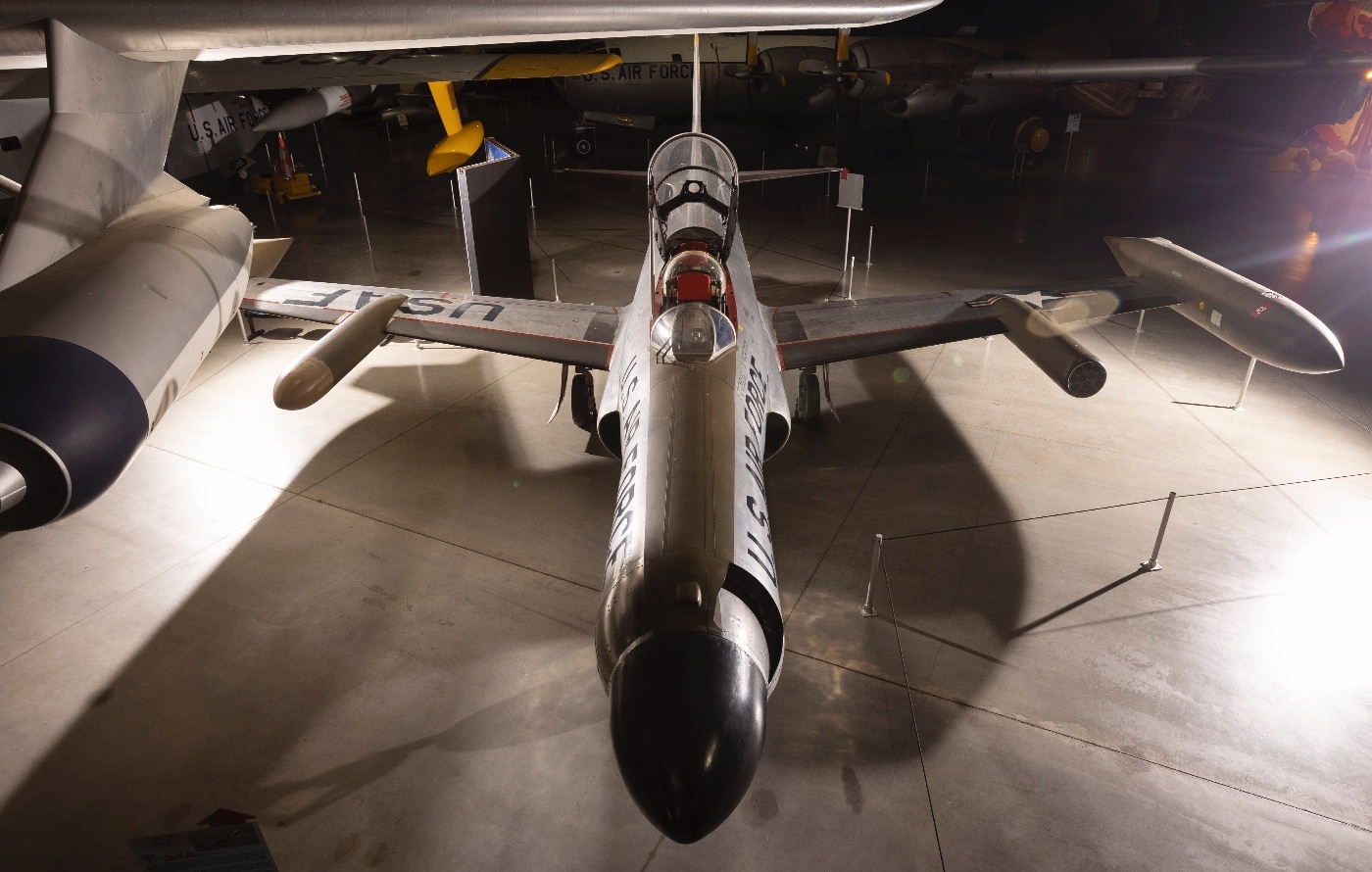
Changes included a redesigned wing that was much thinner, a sweptback horizontal stabilizer, and the engine was upgraded to a Pratt & Whitney J48 equipped with an afterburner, which was built under license from Rolls Royce.
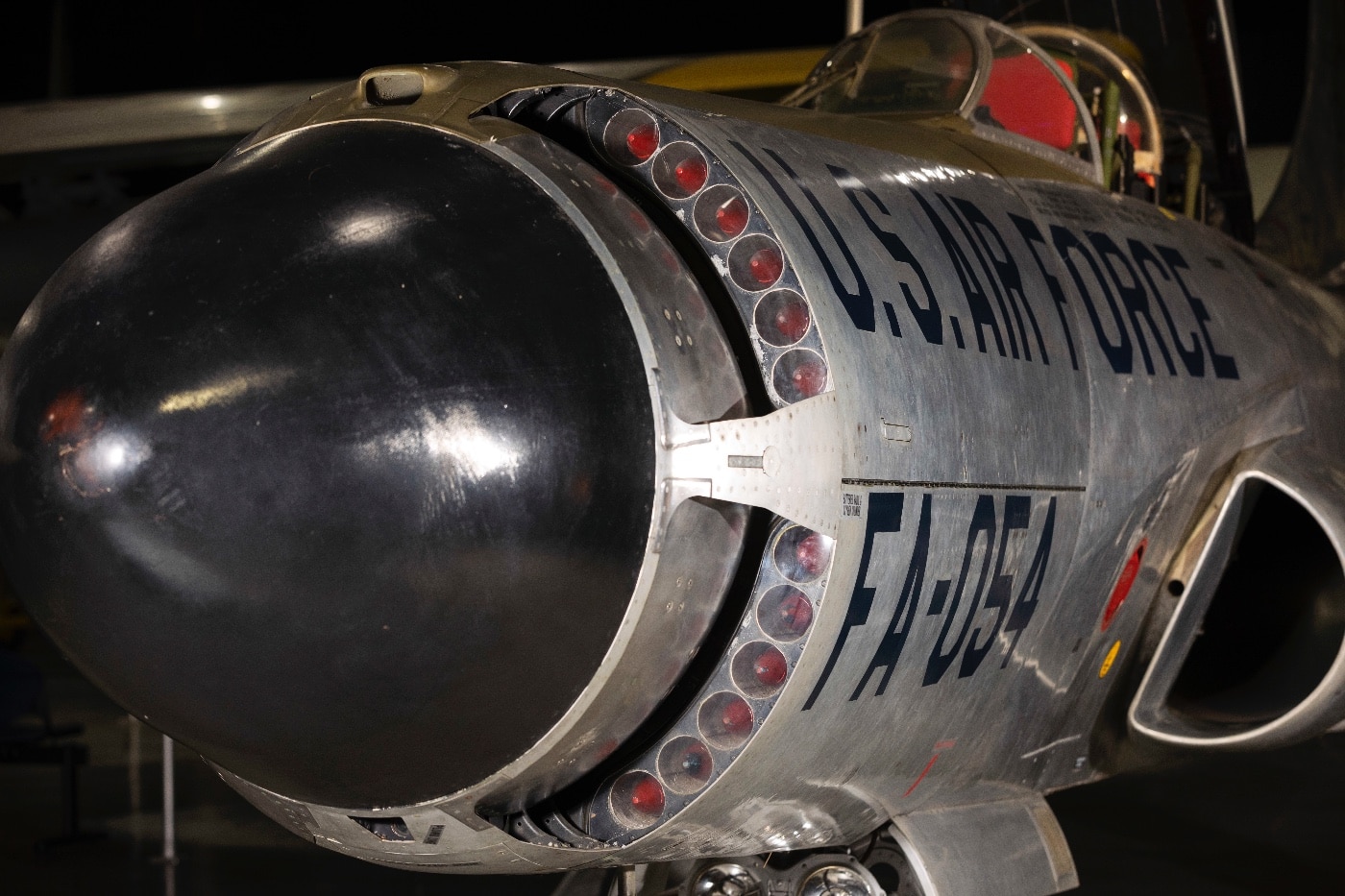
One of the most noticeable changes was the size of the nose. In order to install the new Hughes E-5 fire control and AN/APG-40 radar, the nose grew notably.
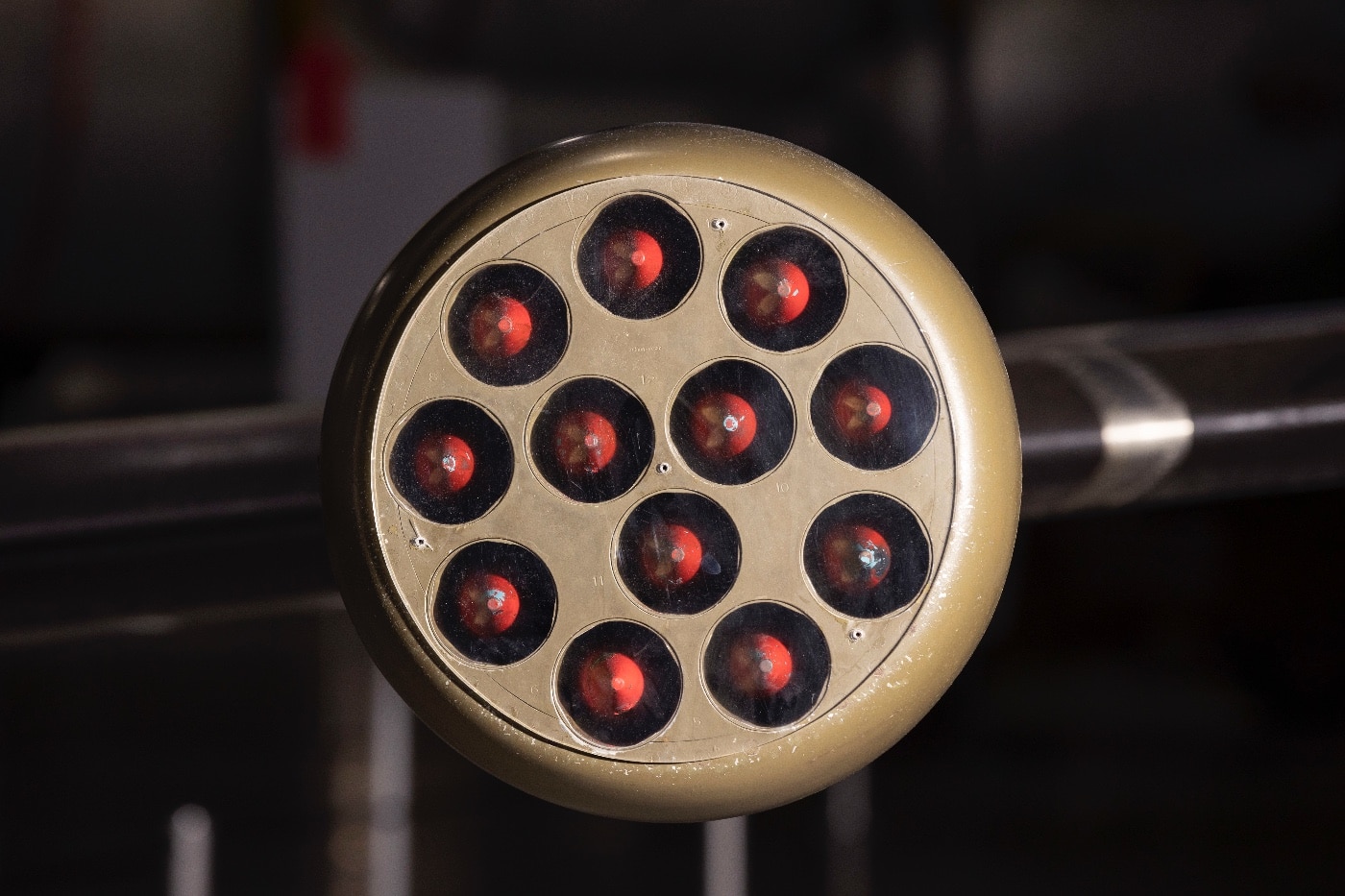
Another significant change was the removal of all guns. The Starfire was now equipped with all rocket armament. The 24 2.75” folding fin aerial rockets (FFAR) were carried in four panels in the nose and hidden behind folding doors until use.
The D Model
Lockheed proposed a D model Starfire, a single-seat configuration with ordnance-mounting points and eight machine guns mounted in the nose. One prototype was built, but it did not meet U.S.A.F. needs.
This prototype was used to test the M61A1 20mm rotary cannon, which became a staple in future aircraft designs.
The Rocket Pods
The nose-mounted rocket system became an issue early on. During testing, it was discovered that when fired, they blinded the crew with their smoke, and the exhaust had the potential to stall the engine.

This was changed around the 100th unit when engineers mounted a 12-round rocket pod on each mid-wing side with a frangible cover. When fired, the rockets punched through the cover on the way to their target.
Operational Use
The primary user of the F-94C Starfire was the Air Defense Command, which eventually stood up 26 squadrons to defend U.S. Airspace from Soviet bombers.

The new C model, equipped with the AN/APG-40 radar, entered service and was used in concert with the Semi-Automatic Ground Environment (SAGE) air defense system.
SAGE was North America’s automated air defense system, using a network of computer systems that provided the ground environment for the air defense system with buildings, radars and defense aircraft. SAGE Direction Centers were in large four-story blockhouses that provided radar tracking for Air Defense Sectors, including remote radar stations manned by SAGE radar squadrons. Each SAGE Direction Center provided data to one of eight Combat Centers for interception of enemy aircraft.
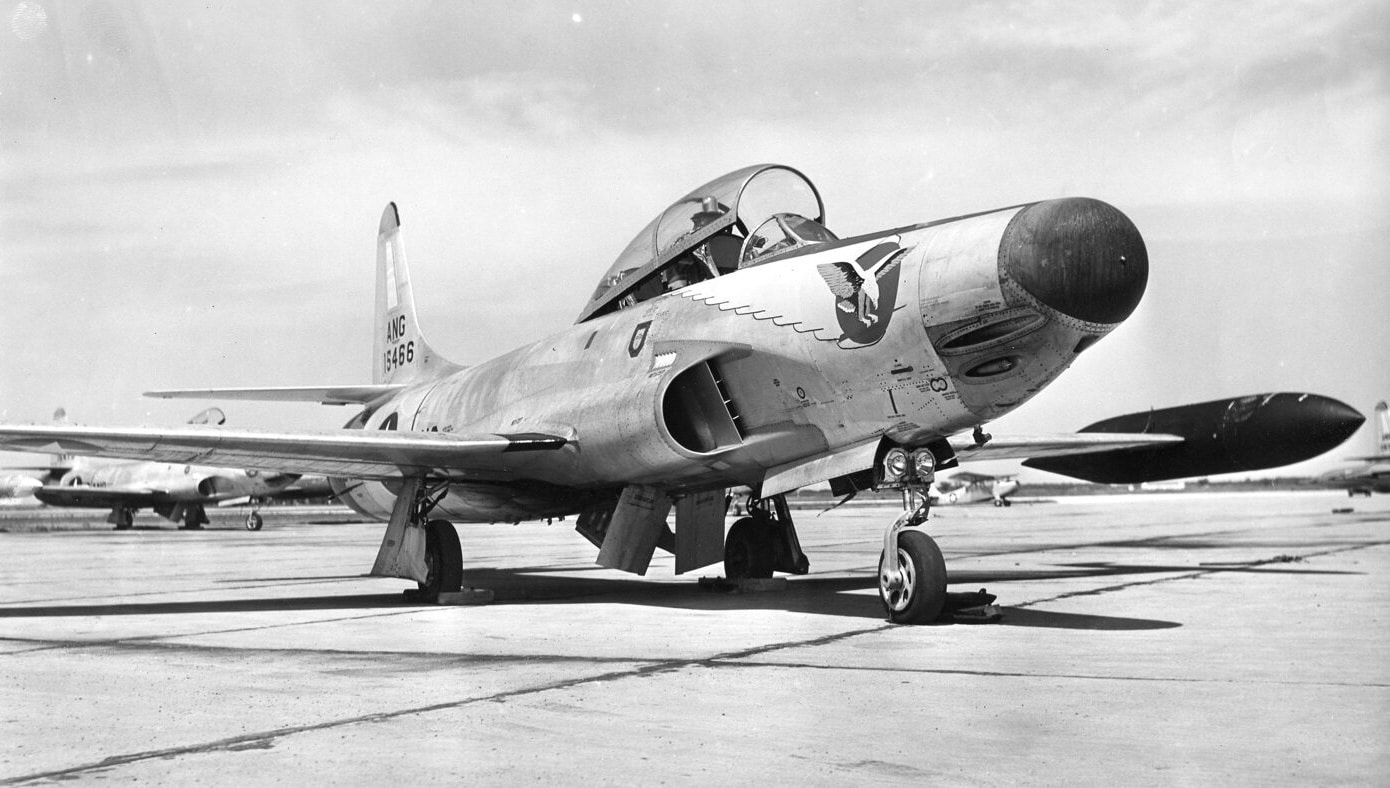
During the Korean War, three federalized Air National Guard squadrons were tasked with the defense of the airspace over D.C.
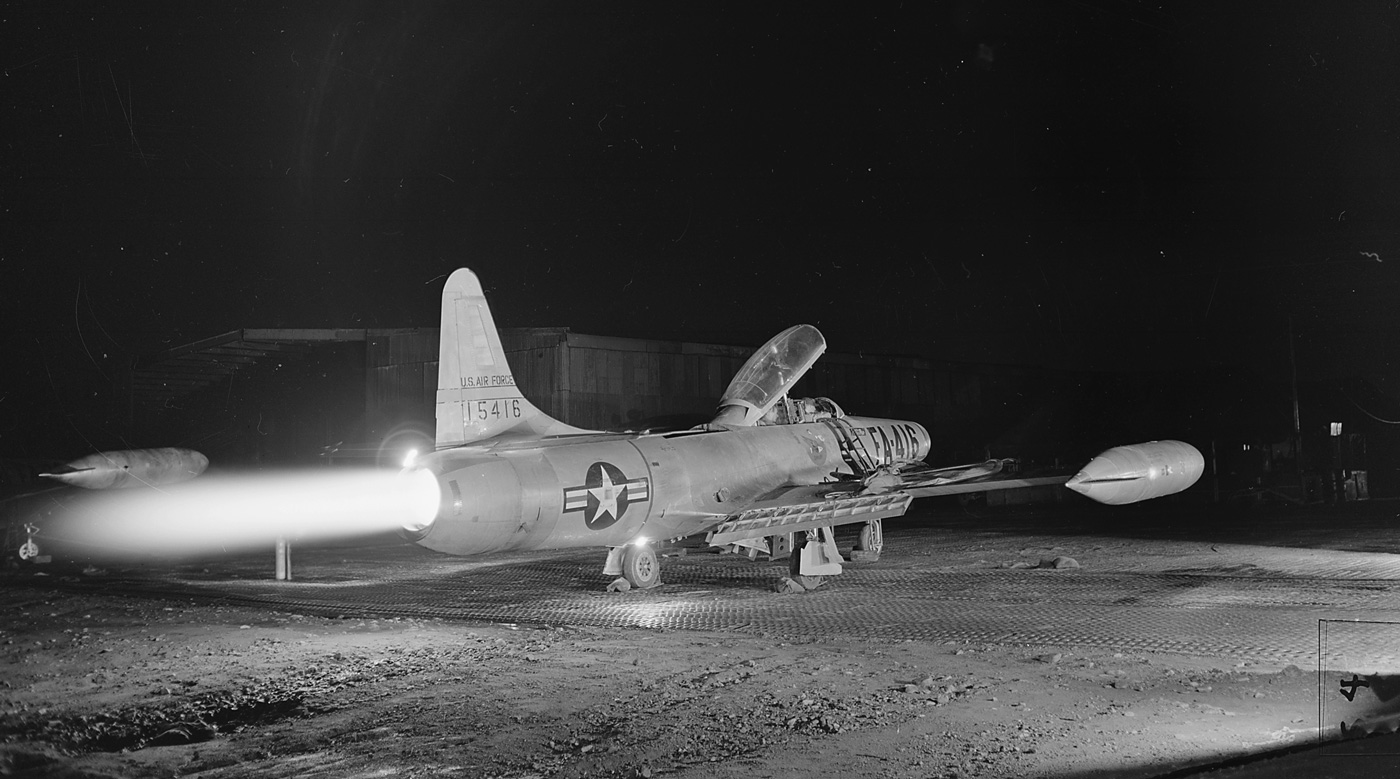
The F-94 also served in Japan with the Far East Air Force. It flew intercept missions over South Korea and the Yellow Sea, but was prohibited from flying near North Korea so that in the event of a crash, the Chinese would not be able to recover any top-secret technology.
The Legacy
The Starfire was a stop-gap measure, and despite its short service life, the F-94 got the job done before being replaced by the Northrop F-89 Scorpion and the North American F-86D Sabre.
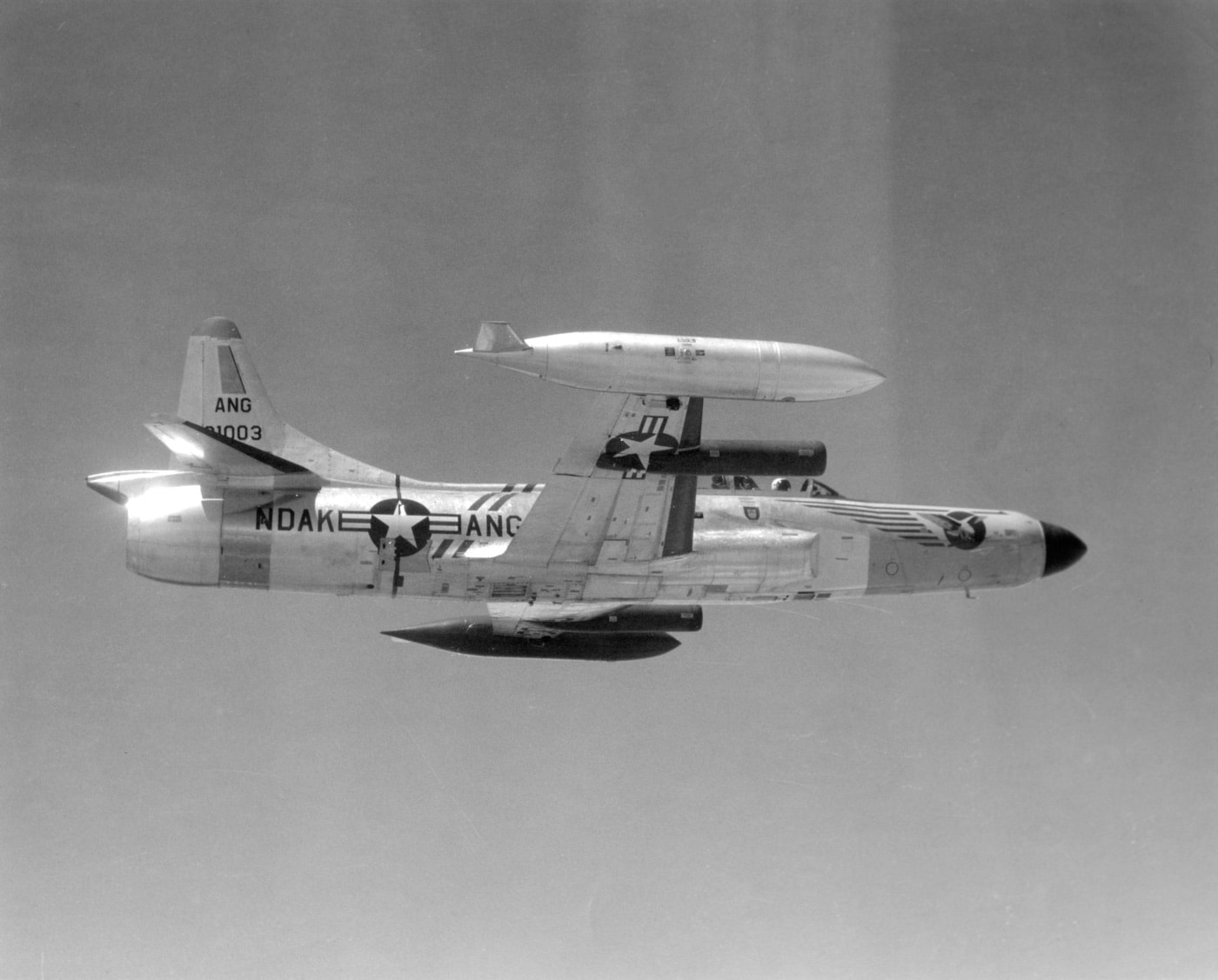
The Starfire served worldwide at bases in Greenland, Alaska, Korea, Japan and Canada. It provided air defense for America against the Soviets, and a total of 855 Starfires were built — 387 of which were C models.
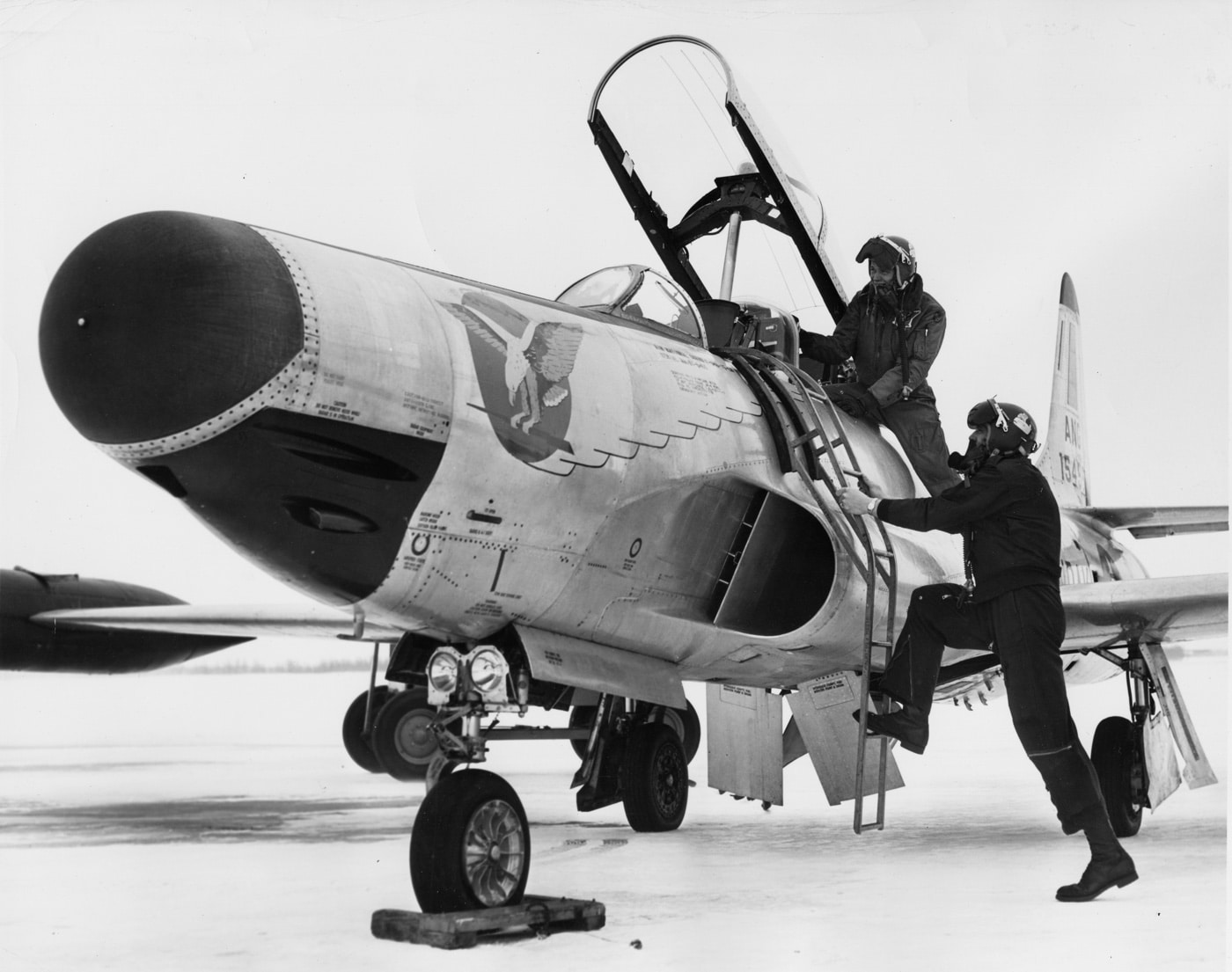
The F-94 saw combat during the Korean War and was credited with several air-to-air victories, including the first jet vs. jet nighttime kill. One F-94 is listed as lost due to enemy action, six more to non-enemy causes on combat missions, and two were declared missing during a combat mission.
Editor’s Note: Be sure to check out The Armory Life Forum, where you can comment about our daily articles, as well as just talk guns and gear. Click the “Go To Forum Thread” link below to jump in!
Join the Discussion
Read the full article here





